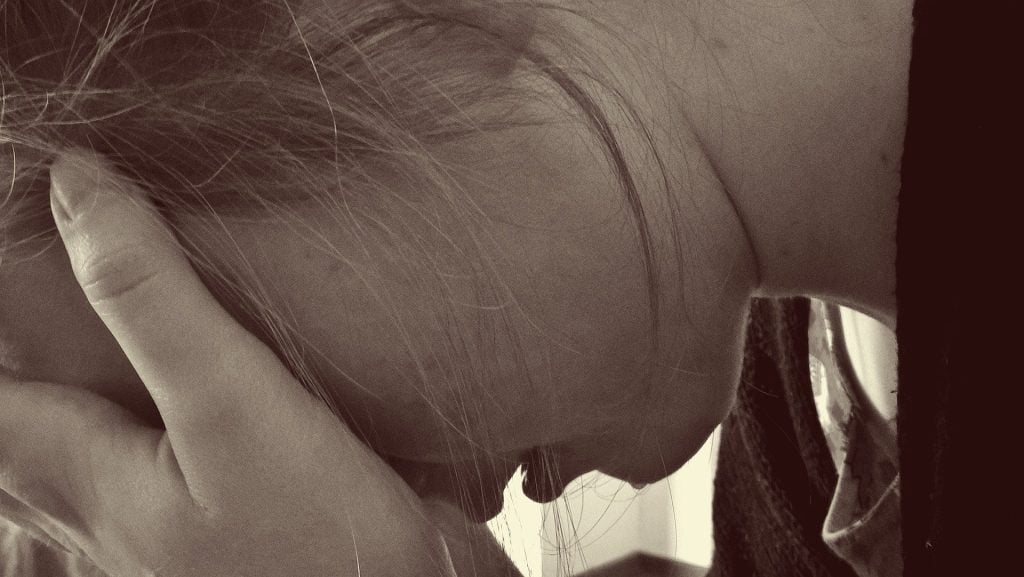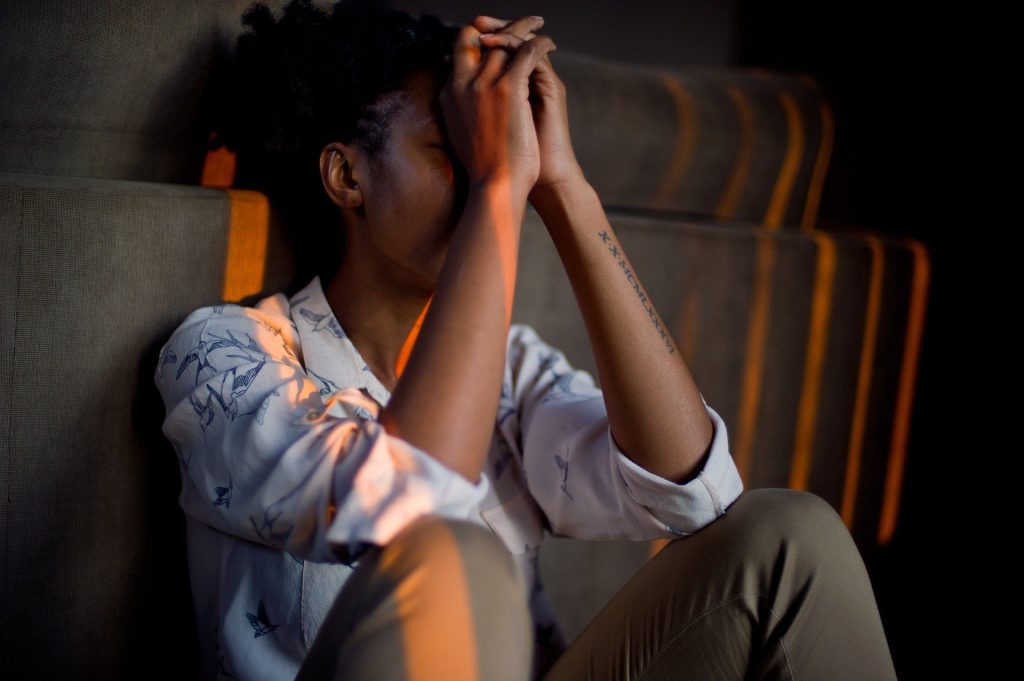Sadness and depression?

Sadness and depression are the two most common mental health conditions. They are part of the normal human experience, but they can be difficult to understand and deal with. You can’t avoid sadness or depression, but you can learn to cope.
Sadness is often a passing state, an emotion that then disappears until it crystallizes. At that point it becomes a pathological condition that can become something more than sadness: at that point we can talk about depression.
Sadness and depression should not be confused. Sadness is a ‘feeling’, a mood whereas, depression is a disease more aggressive and debilitating; This leads to negative attitudes about oneself, about the world, and about others, and in some cases it can have serious consequences.
Depression is not manifested by an act of desire, but through psychotherapy and drug therapy. This article will explore the difference between sadness and depression, and what each is associated with.
When do we feel sad?

We have all felt sad at least once in our lives, such as after the loss of a loved one, the end of a relationship, a business failure, a test gone wrong; In short, after a series of unfortunate events, with respect to which we may not be able to find any possible alternative, some occasions arrive to give up hope and the desire to discover.
Sadness is just that ‘we adopt negative emotions so that we lose our thinking of positivity.
Physical and behavioral characteristics of sadness
When we feel depressed, our outward appearance also changes: posture becomes curved, as if it is closing in toward any possible alternative, and facial expressions take on specific features, such as a Head bowed, lips curled and lost in gaze. Zero .
Perhaps, we have to behave in certain ways, for example we will cry, we may lose our appetite, our desire to perform our daily duties may decrease, but we just want to be locked in our room, alone, retreating. Spending time thinking about and rethinking what we have lost, from a relational and social perspective.
All this can also be accompanied by constant complaints and accusations directed at ourselves, perhaps believing that we have not done enough to avoid these dire consequences, blaming us, and seeing no possible alternative.
The main difference between sadness and depression?
One of the big differences between sadness and depression is that the former is a passing emotion in the absence of adequate intervention, while the latter is relatively chronic. We must experience sadness continuously for six months so that by diagnostic criteria we suspect it is depression.
When we are depressed, we feel less motivated to do certain activities. We reduce our social life or spend less time on work or other activities that we usually do. However, we continue to be proactive.
On the contrary, when we are depressed, we are overwhelmed by this despair. We neglect our commitments, our duties and fail to harness the resources provided by the environment. We often talk about our fatigue or fatigue and minimize our activities for relatively long periods.
Another difference between sadness and depression is related to the degree of separation that occurs in each of these two states.
When we are sad we look for people close to us to talk about our feelings. We too often seek solace from others, even if we maintain some degree of social isolation. However, it will depend on our personality and the strategies with which we face the situation.
On the other hand, in depression, there is a persistent denial of contact with others. If we suffer from depression we tend to keep our emotions to ourselves and although we don’t feel well alone, we still prefer isolation. Sharing our feelings with other people. Progressively, we can also isolate ourselves from our loved ones.
When we are depressed, our mood makes little changes to our normal lifestyle. We may be less dynamic or more reserved, but we do all the activities that we do on a normal day.
On the other hand, if we are suffering from depression, our normal routine changes. We find it very difficult to honor our professional, family, social and emotional duties and commitments. It is customary to find oneself several times to invent or make up excuses to hide the lack of commitment. We cannot go on with our normal routine.
We can grieve for a variety of reasons, almost always associated with a loss or conflict situation that we cannot resolve. Although we feel pain, we can also laugh, look ahead and plan. We may not get the answers, but we think there is a tomorrow that could be better. We are depressed, however, we feel despondency.
When we look to tomorrow, we see nothing but darkness and darkness. We have no interest, no desire, no ability to project ourselves into the future. How can we ever be if living in the present is already so exhausting for us?
That’s why there is a huge difference between sadness and depression. The latter should be followed up and treated by a mental health professional: it is a disorder that does not go away on its own, should not be neglected or underestimated, and requires specialized and competent intervention.
May you like:- How to build a successful mindset in 9 simple Steps

Everything is very open with a clear description of the issues. It was definitely informative. Your site is extremely helpful. Thanks for sharing!
The next time I read a blog, I hope that it does not disappoint me as much as this particular one. After all, Yes, it was my choice to read, nonetheless I truly thought you would probably have something helpful to talk about. All I hear is a bunch of whining about something that you could fix if you werent too busy looking for attention.
I have to thank you for the efforts you have put in writing this site. I really hope to view the same high-grade content by you later on as well. In fact, your creative writing abilities has inspired me to get my very own blog now 😉